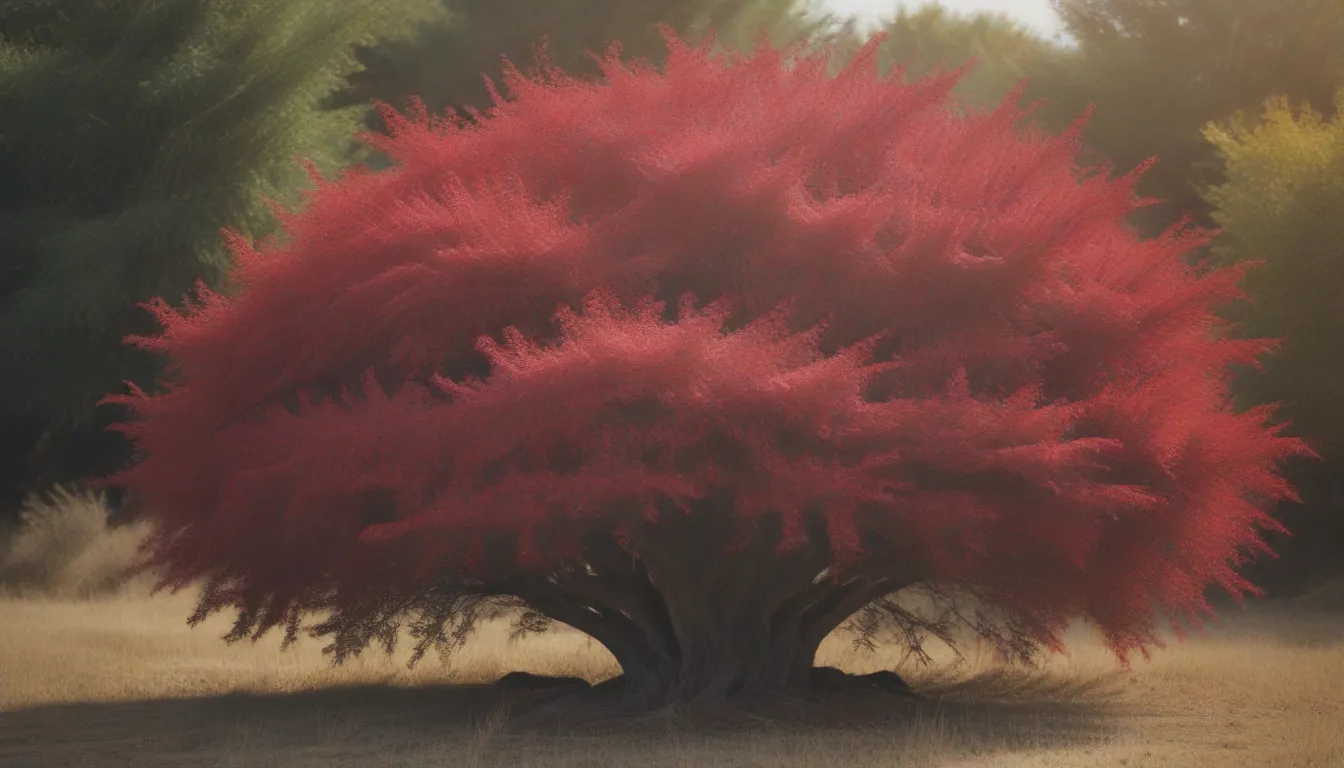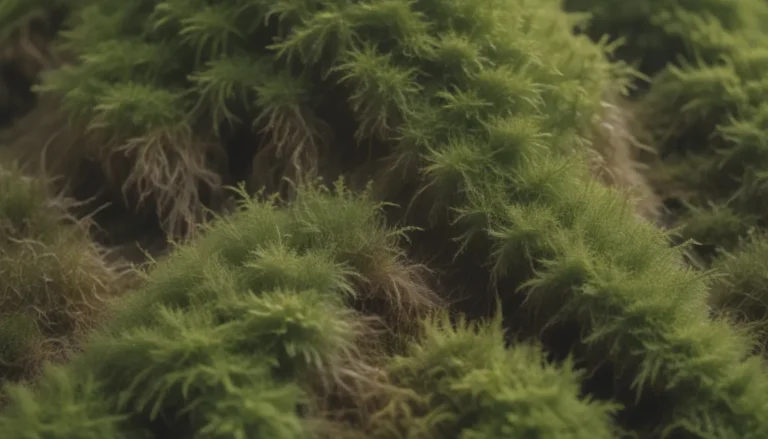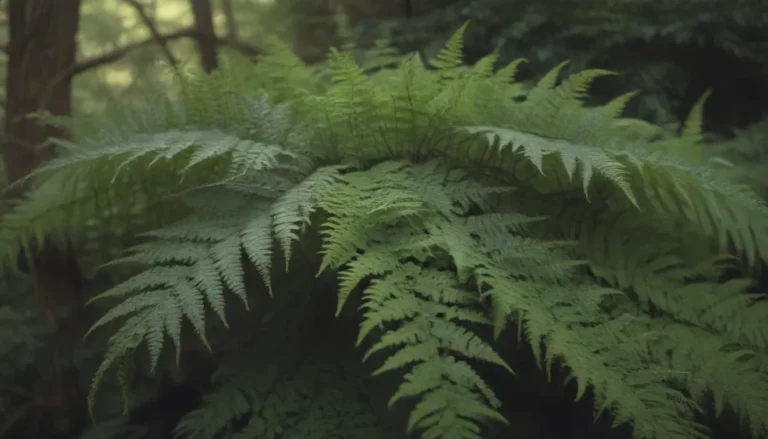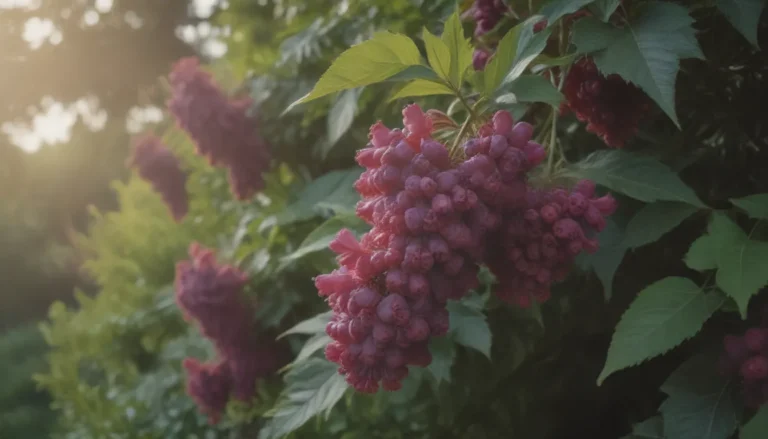The Ultimate Guide to Growing and Caring for Burning Bush

Are you looking to add a pop of color to your landscape with the vibrant red foliage of the burning bush shrub? This deciduous plant, also known as Euonymus alatus, is a popular choice for many North American gardens. In this comprehensive guide, we will explore everything you need to know about growing and caring for this stunning shrub.
Why Choose a Burning Bush?
The burning bush is a versatile plant that offers a host of benefits for your garden, including:
- Brilliant red fall foliage
- Easy to grow and maintain
- Hardy and long-lasting
- Adds visual interest to your landscape
Whether you want to plant it as a standalone feature or use it to create a hedge or privacy screen, the burning bush is sure to make a statement in your garden.
Burning Bush Care Tips
To ensure your burning bush thrives in its environment, it’s important to follow these care tips:
Light
Plant your burning bush in an area that receives full sunlight for at least six to eight hours a day. While it can tolerate partial shade in warmer climates, full sun will help enhance the vibrancy of its fall foliage display.
Soil
Burning bush prefers well-draining soil with moderate moisture levels. It can adapt to various soil types, but it thrives in slightly acidic soil. Avoid soggy soil with poor drainage, as this can lead to root rot.
Water
Once established, burning bush is drought-tolerant and requires low to moderate watering. Water at ground level to prevent fungal issues and ensure the leaves don’t get drenched.
Temperature and Humidity
Burning bush thrives in USDA zones 4 to 8 and can adapt to a range of climate conditions. Mulching around the root mound in warmer climates can help keep the plant’s roots cool.
Fertilizer
Young burning bushes may benefit from liquid fertilizer applied three to four times throughout the growing season. Avoid over-fertilizing mature plants, as this can accelerate their spread.
Types of Burning Bush Cultivars
There are several cultivars of burning bush available, including:
- ‘Compactus’
- ‘Rudy Haag’
- ‘Pipsqueak’
- ‘Apterus’
- ‘Monstrosus’
While some cultivars were once thought to be sterile, they have since been known to hybridize readily, leading to further issues with invasive spread.
Pruning Tips
To control the spread of your burning bush and promote healthy growth, follow these pruning tips:
- Remove suckers that emerge from the ground
- Handpick berries to prevent self-seeding
- Trim the shrub in early spring to maintain its shape and fullness
- Consider rejuvenation pruning for neglected shrubs
Propagating Burning Bush
Propagation of burning bush can be done through softwood stem cuttings from the parent plant to ensure an exact duplicate. Self-seeding is common with burning bush, so it’s important to manage volunteer seedlings to maintain the desired characteristics of the shrub.
Common Pests and Diseases
Keep an eye out for common pests and diseases that may affect your burning bush, such as:
- Spider mites: Look for fine webs at branch joints and treat with insecticidal soap or neem oil.
- Powdery mildew: Remove infected branches or leaves and protect new growth with fungicide if necessary.
Encouraging Bloom
While burning bush flowers are not particularly showy, providing ample sunlight and regular moisture can encourage blooms in the spring months. Be mindful of the berries that follow the flowers, as they can lead to self-seeding and spread beyond your garden.
Dealing With Invasive Spread
If you find that your burning bush is spreading more aggressively than desired, consider the following steps:
- Remove suckers regularly to enforce good behavior
- Monitor the shrub for signs of unwanted spread
- If removal is necessary, cut stems down to the ground and remove the entire root ball
- Dispose of any remaining roots to prevent sprouting
Alternatives to Consider
If you’re concerned about the invasive nature of the burning bush, there are other species in the Euonymus genus that offer similar vibrant foliage without the same spread issues. For example:
- Euonymus europaeus (European spindle)
- Euonymus planipes (planed spindle)
- Euonymus phellomanus (spindle tree)
By exploring alternative options, you can enjoy the beauty of red fall foliage without the risk of invasive spread.
In conclusion, the burning bush is a beautiful addition to any garden, offering striking red foliage and easy maintenance. By following the care tips outlined in this guide, you can ensure your burning bush thrives in its environment while minimizing the risk of invasive spread. Whether you choose to plant it as a standalone feature or part of a hedge, the burning bush is sure to enhance the visual appeal of your landscape for years to come.





